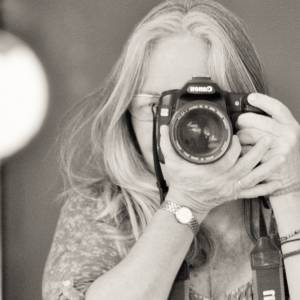Food for risen bodies, by Michael Symmons Roberts
Yes, there are still poems - for another week - so I'll carry on trying to link them to a photo - but have turned comments back on. I like it that the book doesn't just end with Easter.
On that final night, his meal was formal:
lamb with bitter leaves of endive, chervil,
bread with olive oil and jars of wine.
Now on Tiberias' shores he grills
a carp and catfish breakfast on a charcoal fire.
This is not hunger, this is resurrection:
he eats because he can, and wants to
taste the scales, the moist flakes of the sea,
to rub the salt into his wounds.
Would have much preferred to depict the resurrection breakfast, and I did take a photo of our breakfast here in the cottage, but we didn't look too resurrected - so have gone for this one, which might be of that final night - it's one half of the disciples (you can see Peter on the right with his key) on one side of the chancel ceiling of a wonderful Norman church here in Kempley - St Mary's. These frescoes are very unusual in England, and were only recently re-discovered, after having been whitewashed over during the Reformation.
Nine hundred years ago, the manor of Kempley belonged to one of the most powerful men in England – Baron Hugh de Lacy of Longtown Castle, near Hereford, the trusted counsellor of Henry I (1100–35). It was probably he who commissioned these paintings; the roof beams and the door to the tower are also from this period, making them the oldest in England.
Certainly worth a detour if you are anywhere near Gloucester.

Comments
Sign in or get an account to comment.


